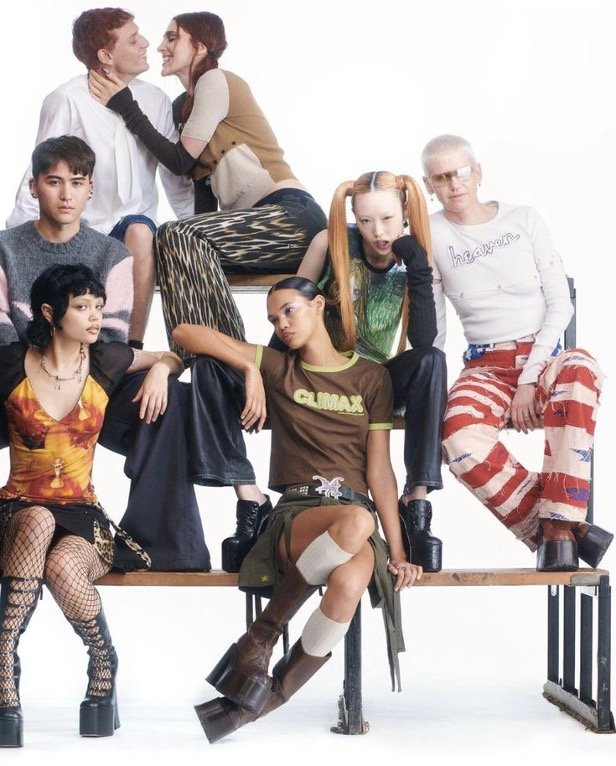The Fluidity of Gender Neutral Clothing: Fashion Without Boundaries
The idea of gender neutral clothing is not something new. While it may not have necessarily been coined as a term thousands of years ago, it was definitely a concept throughout different periods of history, such as Greek mythology and in Shakespearean plays such as Twelfth Night. Shakespearean plays frequently involved cross-dressing, as men would continually play female roles.
In the 1950s, the term “gender” began to be used to describe the social and cultural aspects of one’s identity, which insinuated the idea that one’s sex and gender are not inherently synonomous. Following this, the counterculture in the 1960s was a big contributor to the rise of “unisex clothing,” yet the binary was still prevalent.
The year 1968 was a massive year for unisex fashion, as designers such as Pierre Cardin, Andre Courreges and Paco Rabanne began showcasing pieces on runways in Paris able to suit both men and women (Chrisman-Campell, 2015). Models were seen in chic looks made with fabrics that were not necessarily associated with a certain gender.
Following this was the androgynous fashion in the 1980s. Fashion pieces were more commonly being designed without a particular binary in mind. Both masculine and feminine elements were being found in clothing. Music icons like David Bowie and Prince were pioneers of this movement, and the beginning of this concept led to the concept of gender neutral clothing today.
Gender neutral clothing is designed to eliminate the preconceived notions of fashion that women and men can only wear certain types of clothing. There is never a fixed aesthetic for gender neutral fashion, yet it seems that is the point. It allows individuals to not feel confined to a certain style, and allows for complete expression of one’s self. It is reshaping how individuals view and wear clothes, and breaking down rigid gender norms.
Several luxury brands such as Marc Jacobs have launched collections featuring gender neutral clothing. Marc Jacobs launched their “Heaven” collection in 2020, labeled as a polysexual collection that pairs streetwear style with different subcultures. The brand has grown immensely popular, with its avatar being a two-headed teddy bear, which Jacob says represents “the freedom to be multifaceted and the endless romance found in mutating forms.” The collection showcases models of various ages and genders, and draws inspiration from notable queer figures, such as Gregg Araki.
Photo/Pinterest
Photo/Pinterest
As these traditional gender clothing norms proceed to be challenged, a deeper understanding and development of gender fluidity is seen in society. With these new understandings, individuals can begin to further explore their true identities and creative expression through gender neutral fashion without feeling confined to dress as their biological sex. Luxury brands like Marc Jacobs utilize their influence to inspire others by designing clothing that is not associated with a particular binary. With the continuing evolution of gender neutral fashion, it allows individuals to feel liberated from the limitations of gender and grants them the ability to dress for who they are, not who they are expected to be.
References:
Chrisman-Campbell, K. (2015). A Brief History of Unisex Fashion. The Atlantic, https://www.theatlantic.com/entertainment/archive/2015/04/when-unisex-was-the-new-black/390168/
Ong, K. (2020). Fashioning the Future: Marc Jacobs Has Launched A Polysexual Collection. L’Officiel, https://www.lofficielsingapore.com/fashion/is-gender-neutral-fashion-the-future-here-are-the-brands-to-know-now
Twin Cities PBS. (June 14, 2023). What are Gender Neutral Clothes and Why Do We Need Them? (Video). YouTube. https://www.youtube.com/watch?v=L4u7bfip1hg&t=516s
Graphic by Landry Allen


